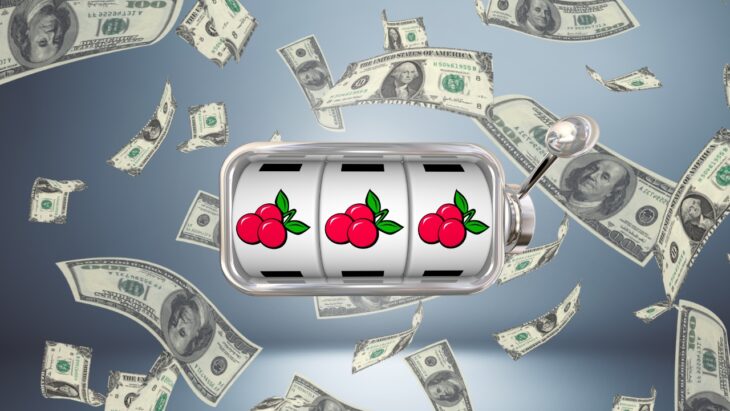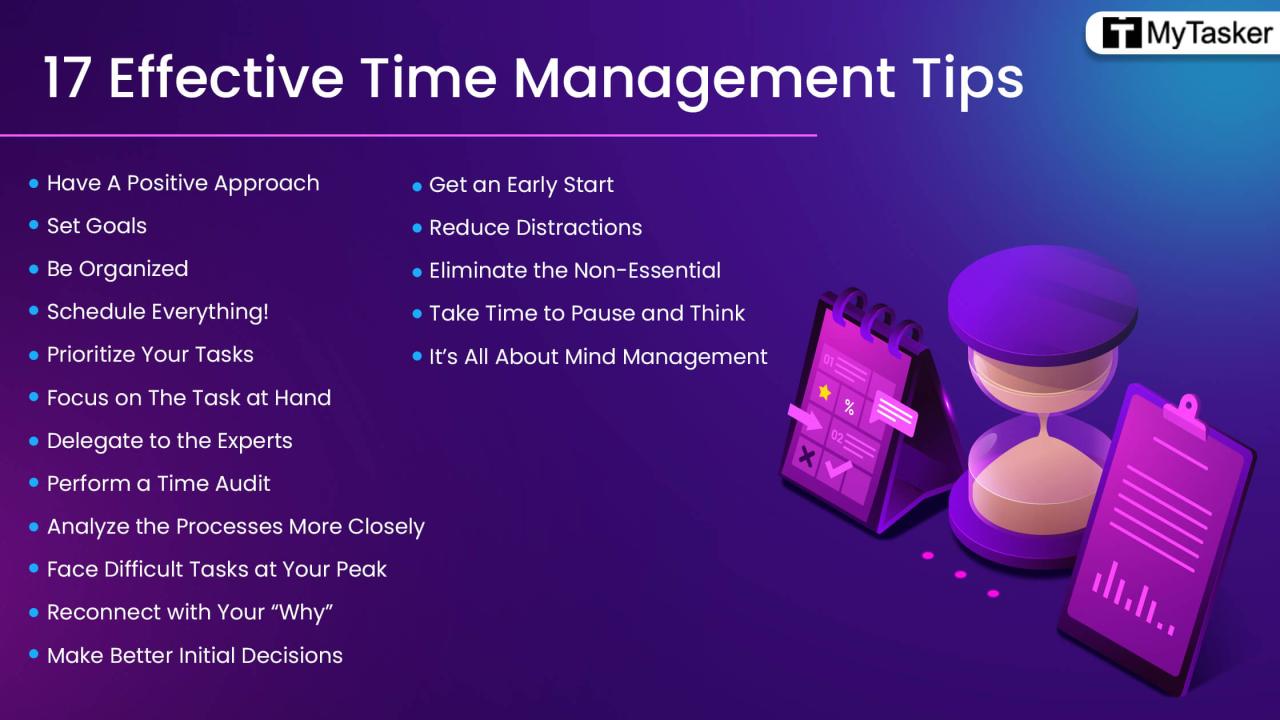Understanding Payout Percentages: Understanding Payout Percentages In Slot Machines
Understanding payout percentages in slot machines – Payout percentages are a crucial aspect of slot machines that players often overlook. They represent the portion of the wagered money that a slot machine is programmed to pay back to players over time. Understanding these percentages can significantly impact your gaming experience and strategy. Casinos calculate payout percentages based on various factors, including the game design, randomness, and historical data.
Typically, a machine’s payout percentage is expressed as a percentage figure, indicating how much money is returned to players relative to the total amount wagered. For example, a slot machine with a payout percentage of 95% is designed to return $95 for every $100 wagered, although this return is calculated over an extended period.The significance of payout percentages for players lies in their ability to gauge the potential returns of different machines.
A higher payout percentage generally means better odds for the player, making it critical to compare machines before deciding where to play.
Types of Payout Percentages
Payout percentages can be split into two main categories: theoretical payout percentages and actual payout percentages. The theoretical payout percentage is calculated based on the machine’s design and programming, while the actual payout percentage reflects the real-world outcomes over a specific period.
- Theoretical payout percentages are usually higher than the actual payout percentages because they are based on long-term averages.
- Common payout percentages for various types of machines are as follows:
- Classic Slots: 85%
-95% - Video Slots: 90%
-98% - Progressive Slots: 88%
-95%
- Classic Slots: 85%
- Game designs, including features like bonus rounds and multipliers, can influence the overall payout percentages significantly.
Factors Influencing Payout Percentages
Random Number Generators (RNGs) are fundamental in determining the outcome of each spin and thus play a vital role in the payouts. These algorithms ensure that each play is entirely random, creating unpredictability in the gaming experience.Volatility is another critical factor affecting payout percentages. High volatility slots may offer larger payouts but less frequently, while low volatility slots provide smaller, more consistent wins.
Understanding volatility can help players align their risk preferences with the right machines.Progressive jackpots can also affect the overall payout percentages. While they often have lower base payout percentages due to the size of the jackpots, the allure of potentially life-changing wins can attract many players despite the lower immediate returns.
Strategies for Maximizing Payout Understanding

When selecting slot machines, players can maximize their potential returns by considering the payout percentages. Here are some methods for making informed choices:
- Research machines with higher payout percentages, ideally above 95%, for better odds.
- Play machines with known return rates listed by casinos or gaming authorities.
- Assess game mechanics and volatility to match your playing style with the right machine.
| Tip | Description |
|---|---|
| Read Reviews | Look for player reviews and expert opinions on the payout percentages of specific machines. |
| Bankroll Management | Set a budget and stick to it while considering the payout percentages to optimize your play time. |
| Play Free Games | Try free versions of games to understand payout structures without risking real money. |
Myths and Misconceptions
There are several common myths surrounding payout percentages in slot machines that can mislead players. One prevalent myth is that machines “get hot” or “cold” based on recent wins or losses. In reality, each spin is independent due to the RNG, meaning past results do not influence future outcomes.Another myth suggests that playing for longer increases the chances of hitting a jackpot.
While it is true that higher play can lead to more opportunities, the overall payout percentage remains constant regardless of the duration of play.Misinformation about payout percentages can influence player decisions and expectations, leading to frustration or financial loss. Understanding the facts behind these myths is crucial for making informed choices while playing.
Regulatory Aspects, Understanding payout percentages in slot machines
Payout percentages are regulated differently across jurisdictions, with some regions requiring casinos to disclose their payout rates. These regulations help ensure fairness and transparency in gaming operations, fostering player trust.For example, in jurisdictions like Nevada, casinos must adhere to strict guidelines regarding payouts and reporting. Compliance with these regulations can significantly affect casino operations, as any discrepancies can result in penalties or loss of licenses.Key compliance requirements often include:
- Regular audits of machines to verify payout percentages.
- Clear display of payout percentages for players, either on the machine or through casino materials.
Player Education and Resources
To further educate themselves about payout percentages, players can refer to various resources. Here are some valuable tools for understanding this aspect of slot machines:
- Casino websites often publish payout percentages for their machines, providing essential information.
- Gaming authorities and regulatory bodies offer comprehensive data on slot machine regulations and payout standards.
- Online forums and communities dedicated to gaming can provide insights and personal experiences related to slot payouts.
An infographic illustrating how to read payout percentage information can be beneficial for new players. It can visually break down the components of payout percentages to enhance understanding and application during gameplay.

